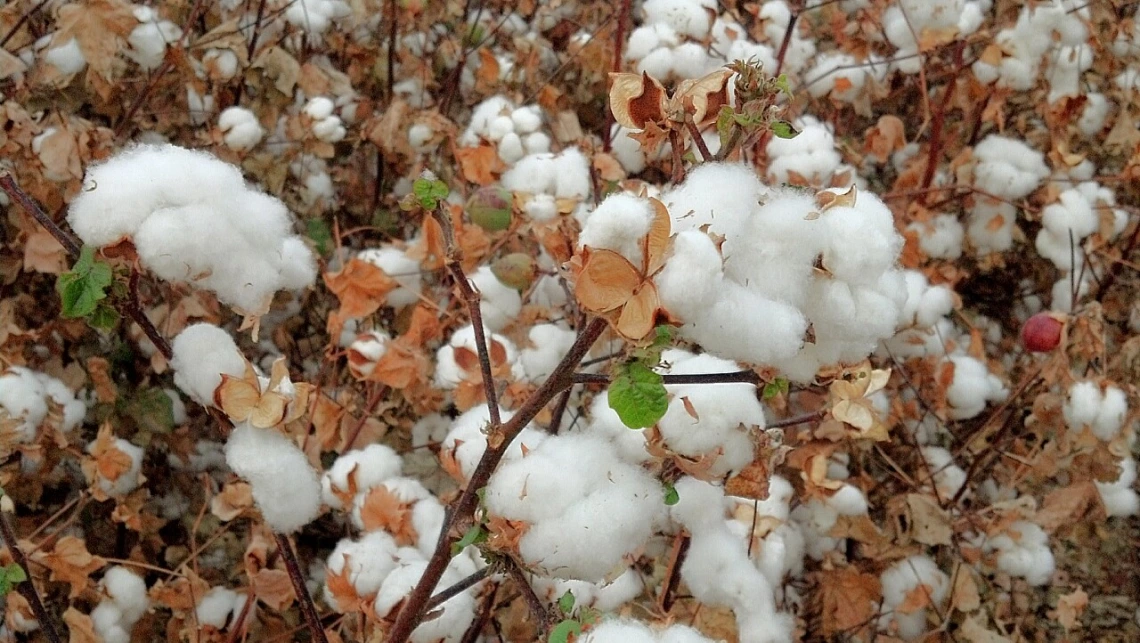School of Plant Sciences Seminar Series

Pima Cotton in Tolleson, AZ
Altonwoods, CC BY 2.0
Speaker
When
Where
Abstract: Water scarcity significantly threatens cotton productivity, a challenge amplified by climate change and increasing competition for limited water resources. As a major source of natural fiber, cotton's resilience to drought stress is essential for maintaining productivity and supporting global textile production. However, the mechanisms underlying this resilience, particularly the role of root-associated microbial communities that may influence plant drought stress responses, remain unclear. Here, we used amplicon sequencing on the Illumina platform to quantify plasticity of microbial communities associated with roots of six cotton cultivars grown under water-limiting and well-watered conditions in a hot, arid environment. Communities of microbes broadly resemble those in other arid-land crops, but with distinctive species not detected in roots of sorghum, lettuce, or tepary bean in the same location. The highest-yielding cotton cultivars markedly shifted their root microbial communities between irrigation treatments, whereas low-yielding cultivars showed less responsiveness. Microbiome shifts in high performing varieties suggest these plants may leverage symbiotic relationships to cope with water limitation. This study underscores the importance of plant-microbe interactions in supporting cotton plant health, particularly in high-performing plants, and highlights the potential for leveraging these relationships to improve crop resilience in water-limited environments.

